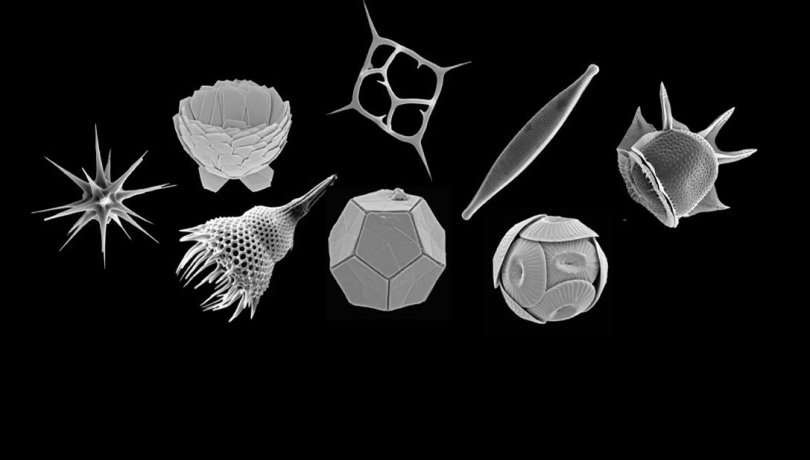Microbes are the most important form of life in the oceans, playing key roles in ecosystem functioning at local and global scales. Yet, our knowledge on their diversity patterns and the structure of their communities is very limited, specially among marine protists (microbial eukaryotes).

Microbes are the most important form of life in the oceans, playing key roles in ecosystem functioning at local and global scales. Yet, our knowledge on their diversity patterns and the structure of their communities is very limited, specially among marine protists (microbial eukaryotes).
Researchers from the Institute of Marine Sciences, in collaboration with international researchers, have studied these unicellular organisms, obtaining important information regarding the organization of their communities as well as their metabolic activity. This work has been published in the journal Current Biology.
The study, conceived within the European project BioMarKs and leaded by researchers of the Institute of Marine Sciences, has explored the structure of the communities of marine-coastal planktonic protists, ranging from the North Sea to the Black Sea, using throughput DNA sequencing. The important amount of sequencing data that was generated allowed capturing a large quantity of rare species, which represent most of the diversity in marine microbial communities.
Ramiro Logares, researcher at the Institute of Marine Sciences indicates “We have observed a considerable phylogenetic diversity in the rare protistan biosphere, (that is, the pool of all protists with low frequency of occurrence), observing several phylogenetic groups that were represented only by rare species. In addition, we have found that different to marine Bacteria, many of these rare species have a standard metabolic activity, in other words, they are not dormant or hyperactive”.
This is the first study that investigates in depth the rare protistan biosphere in the oceans, focusing in its distributional patterns and phylogeny. As explained by the researchers, understanding low-abundance protists can be of great importance for comprehending the robustness of the ecosystems when confronted to environmental change, as these rare species could replace other abundant ones following changes in the environment, thus allowing an uninterrupted functioning of the ecosystem.
Future studies in the global ocean will indicate up to which point open oceanic species follow the same structuring patterns as the species inhabiting European coastal waters.
Paper
Ramiro Logares, Stéphane Audic, David Bass, Lucie Bittner, Christophe Boutte, Richard Christen, Jean-Michel Claverie, Johan Decelle, John R. Patterns of Rare and Abundant Marine Microbial Eukaryotes. Current Biology. DOI: 10.1016/j.cub.2014.02.050